Can you use Banana Peels in Compost?
Unveiling the Hidden Gems in Our Kitchens: Banana Peels
In the journey towards sustainable living, the secrets for a greener future often lie in the most unexpected places. One such hidden gem is the humble banana peel. Generally seen as mere kitchen waste, these peels are, in fact, a goldmine of nutrients, waiting to be harnessed in our gardens. This guide goes beyond the surface to uncover the full potential of banana peels, transforming what was once considered trash into a valuable asset for sustainable gardening.
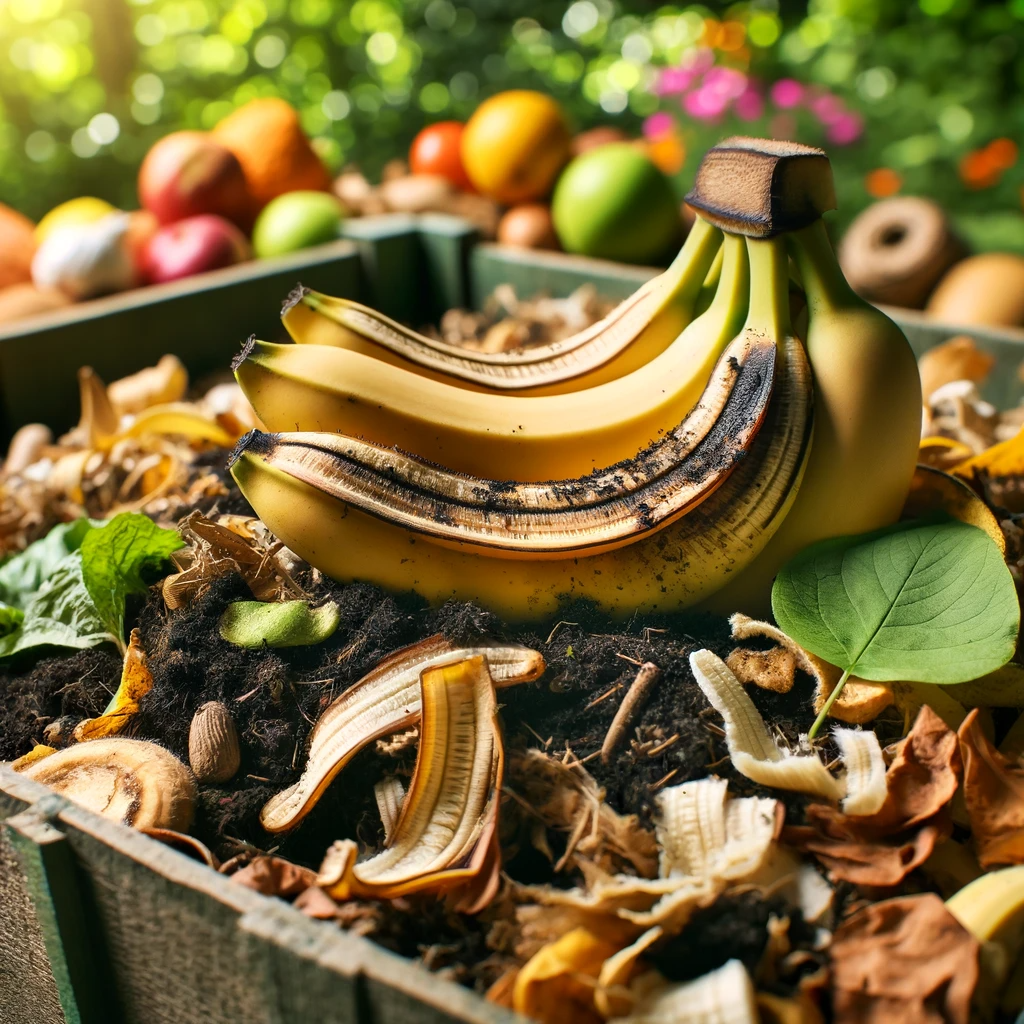
Can You Compost Banana Peels? The Simple Answer and Beyond
Yes, you can compost banana peels. But this straightforward answer barely scratches the surface of their true value. When we delve into the world of composting and sustainable fertilizer, banana peels emerge as a hero ingredient. Rich in potassium and other essential nutrients, they offer a natural, eco-friendly way to enrich soil, boost plant health, and contribute to a balanced garden ecosystem.
From Waste to Wonder: The Journey of a Banana Peel
Every banana peel that’s tossed into the compost bin embarks on a transformative journey. As it breaks down, it releases a bounty of nutrients that are often missing in synthetic fertilizers. This process doesn’t just benefit the plants; it also plays a crucial role in waste reduction. By composting banana peels, we actively participate in a circular economy, turning what would be landfill fodder into a resource that gives back to the earth.
The Multifaceted Role of Banana Peels in Your Garden
The role of banana peels in gardening extends beyond basic composting. These peels can be used in various innovative ways, each method unlocking different benefits for your garden. From creating nutrient-rich compost tea to directly fertilizing specific plants, banana peels offer a versatile solution to many gardening challenges.
In this comprehensive guide, we’ll explore the myriad ways banana peels can be used in your garden. We’ll delve into the science behind their nutritional power, uncover the best methods for their use, and highlight the environmental impact of this sustainable practice. Join us as we turn a common kitchen scrap into a key player in your gardening success.
Why are banana peels considered valuable for plants?
They are much more than compost material; they’re a powerhouse of essential nutrients. Learn more about composting banana peels here.
Potassium: The Key Ingredient
Potassium is crucial for overall plant health, enhancing water regulation, enzyme activation, and photosynthesis. It strengthens plant cell walls, increasing resilience against diseases and environmental stress. Read about the role of potassium in plant health.
Other Essential Nutrients
Beyond potassium, banana peels offer phosphorus, critical for root development, and calcium, essential for cell growth. Magnesium in the peels aids in chlorophyll production, while traces of nitrogen support overall plant growth. Discover more about the nutrients in banana peels.
Best Plants for Banana Peel Benefits
Which Plants Benefit the Most from Banana Peel Fertilizer?
Banana peels, rich in potassium and other nutrients, can significantly benefit a wide range of plants. However, some plants are particularly well-suited to reap the rewards of this natural fertilizer. Understanding which plants thrive with banana peel supplements can help gardeners make the most out of this eco-friendly resource.
Tomato Plants: A Perfect Match for Potassium
Tomato plants are renowned for their love of potassium, which makes banana peels an ideal fertilizer for them. Potassium aids in the development of strong plant structures and helps in the formation of larger, more flavorful fruits. By using banana peels as fertilizer, gardeners can expect not only tastier tomatoes but also plants that are more resistant to diseases and pests. This natural approach reduces the need for chemical treatments, aligning perfectly with a sustainable gardening philosophy.
Rose Bushes: For Blooms that Speak Volumes
Rose bushes benefit immensely from the calcium and potassium found in banana peels. These nutrients help in strengthening the plant’s cell walls, leading to sturdier stems and vibrant blooms. Additionally, the phosphorus in banana peels supports the development of abundant, healthy flowers. Using banana peels as a natural fertilizer can significantly enhance the aesthetic appeal and overall health of rose bushes.
Pepper Plants: Spicing Up Growth with Banana Peels
Similar to tomato plants, pepper plants also thrive when supplemented with banana peel fertilizer. The potassium helps in the development of strong fruit walls, which is crucial for producing quality peppers. Whether you’re growing sweet bell peppers or spicy chili varieties, incorporating banana peels into your gardening routine can lead to a more bountiful and flavorful harvest.
Flowering Plants: A Spectrum of Benefits
A variety of flowering plants, from annuals to perennials, can benefit from the nutrients in banana peels. These natural fertilizers support robust growth and enhance the vibrancy of blooms. Gardeners can experiment with using banana peels around plants like marigolds, petunias, and geraniums to observe the positive impact on their flowering cycles.
Advanced Tip: Customizing Banana Peel Use
Different plants have unique nutrient requirements. Gardeners can customize how they use banana peels based on these needs. For instance, burying banana peels directly in the soil near the roots offers a slow release of nutrients, ideal for deep-rooted plants like tomatoes and roses. In contrast, creating a banana peel tea might be more suitable for plants that require a more gentle, consistent feeding, such as delicate flowering plants.
Effective Uses of Banana Peels in Gardening
How can banana peels be used effectively in gardening?
Chopped or dried banana peels can be buried near plant roots for a slow release of nutrients. Soaking peels in water creates a nutrient-rich tea, ideal as a soil drench or foliar spray. Decomposing banana peels enrich compost with essential nutrients, improving its quality. Explore various uses of banana peels in gardening. They can also be used in several other ways:
- Direct Fertilization: Cut banana peels into small pieces and bury them an inch or two in the soil around the plants. As they decompose, they will release nutrients directly into the soil.
- Banana Peel Tea: Soak peels in water for a few days to make a nutritious ’tea.’ Use this to water plants or as a foliar spray, which can help in strengthening the plants against pests and diseases.
- Compost Enhancement: Adding banana peels to compost piles helps to increase the overall nutrient profile, especially potassium, which is crucial for plant health and flowering.
- Deter Pests: Some gardeners use dried banana peels as a deterrent for aphids. Place dried pieces around plants that are prone to aphid infestations.
Pro Tips for Using Banana Peels
What are the best practices for using banana peels as fertilizer?
To make the most of banana peels in your garden, consider these pro tips:
- Moderation is Key: Balance is essential in gardening. While banana peels are beneficial, too much potassium can lead to nutrient imbalances. Use them in moderation.
- Go Organic: Whenever possible, use peels from organic bananas to avoid introducing pesticides into your garden.
- Compost Tea Techniques: Learn to make compost tea with banana peels by fermenting them with other compost materials. This liquid concentrate can provide a boost to your plants when used as a soil drench or foliar feed. Learn more about compost tea and its benefits.
Advanced Tips for Optimizing Banana Peel Fertilizer
What advanced techniques can optimize the effectiveness of banana peel fertilizer?
For the avid gardener looking to get the most out of banana peels, these advanced techniques can be quite effective:
- Fermentation: This process can break down the peels more thoroughly, making nutrients more readily available to plants. Bokashi is a popular method of fermenting kitchen waste, including banana peels. Discover how to ferment plant materials.
- Powdered Peel Fertilizer: Dry out banana peels completely and grind them into a fine powder. This powder can be sprinkled around the base of plants or mixed into potting soil as a slow-release fertilizer.
- Combination with Eggshells: For a more balanced fertilizer, combine powdered banana peels with crushed eggshells, which add calcium to the soil, promoting overall plant health.
Environmental Impact
How does using banana peels as fertilizer benefit the environment?
Reducing waste and repurposing organic material helps lessen landfill burden and supports a circular economy. This practice embodies sustainable gardening principles in a few ways:
- Waste Reduction: By composting banana peels, you are diverting organic waste from landfills where it would take up space and potentially release methane, a potent greenhouse gas.
- Nutrient Recycling: This practice embodies the principles of a circular economy, where nothing is wasted and organic materials are cycled back into the ecosystem.
- Chemical-Free Gardening: Using banana peels as a natural fertilizer reduces the need for synthetic fertilizers, which can leach into waterways and cause harm to aquatic life and ecosystems.
Banana peels offer an effective, sustainable way to enrich your garden. Embrace this eco-friendly method to not only nourish your plants but also contribute to a greener planet. Explore more about sustainable gardening in our main guide, “From Scraps to Soil“.
Frequently Asked Questions Banana Peels
1. Is it OK to compost banana peels?
Yes, it is absolutely fine to compost banana peels. They are organic matter that will decompose naturally. Composting banana peels contributes to a nutrient-rich compost that benefits garden soil, however, it’s important to do so properly to avoid attracting pests or creating odor problems.
2. What are the disadvantages of banana peels as fertilizer?
While banana peels can be an excellent source of nutrients for plants, there are some potential disadvantages. They can attract pests if not composted properly. Additionally, because they are high in potassium, overuse can lead to an imbalance of nutrients in the soil, which might harm plants sensitive to high potassium levels.
3. Why you shouldn’t throw banana peels on the ground?
Throwing banana peels on the ground is not advisable because they do not decompose as quickly as one might expect, creating litter and potentially becoming a slipping hazard. Additionally, in natural habitats, they can be an invasive form of waste that is not part of the local ecosystem.
4. What should you not put in compost?
You should not put meat, dairy, or oily foods in compost as they can create odor problems and attract pests. Diseased plant materials, treated wood, and human or pet feces should also be avoided due to the potential for harmful bacteria and chemicals that can contaminate your compost.
5. Are banana peels good to compost?
Yes, banana peels are good to compost. They add beneficial nutrients like potassium to the compost, which can be very good for plant growth. Just be sure to chop them up to speed up the composting process and bury them well to avoid attracting fruit flies.
6. Can you compost banana peels?
Certainly! Banana peels are compostable and break down well in a compost bin or pile. They add potassium and other nutrients to the compost which can enhance soil fertility.
7. How to compost banana peels?
To compost banana peels effectively:
- Chop or tear the peels into smaller pieces to expedite decomposition.
- Bury the peels in your compost pile to avoid attracting pests.
- Balance them with ‘brown’ compost materials, like dry leaves or shredded paper, to maintain a good carbon to nitrogen ratio.
8. What should you not put in compost?
It’s best to avoid adding meat, dairy products, oils, and greasy foods, as well as diseased plants, human or pet waste, and non-biodegradable materials like plastics or metals. These can attract pests, cause odors, and even spread disease.
9. Can rotten bananas go in compost?
Yes, rotten bananas can go into compost. In fact, they’ll break down even faster than fresh ones. However, the same precautions apply regarding pests and balancing with ‘browns.’
10. How long does it take for a banana peel to decompose?
In a compost pile, banana peels can decompose in as little as 2-10 weeks, depending on conditions like temperature, moisture, and the presence of decomposer organisms. However, if left on the ground, they can take much longer and should not be discarded in natural settings.


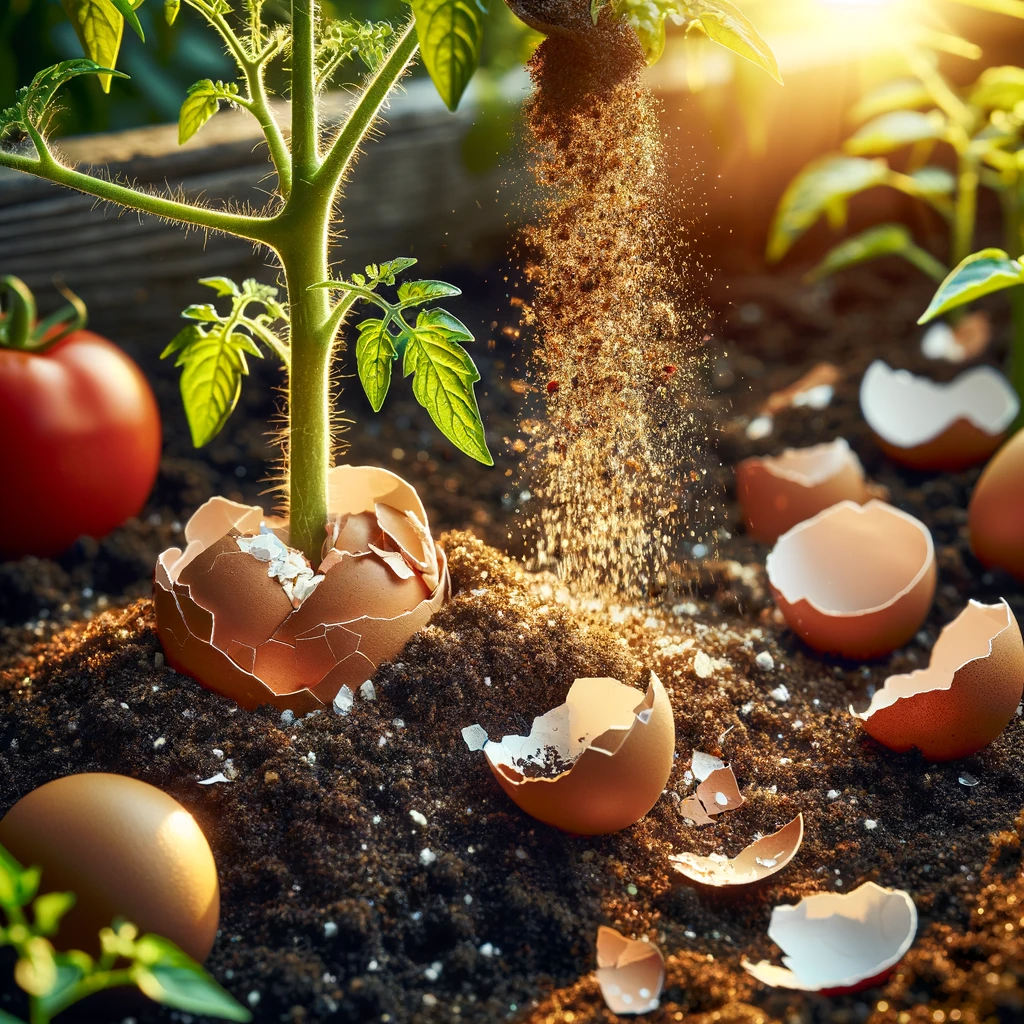
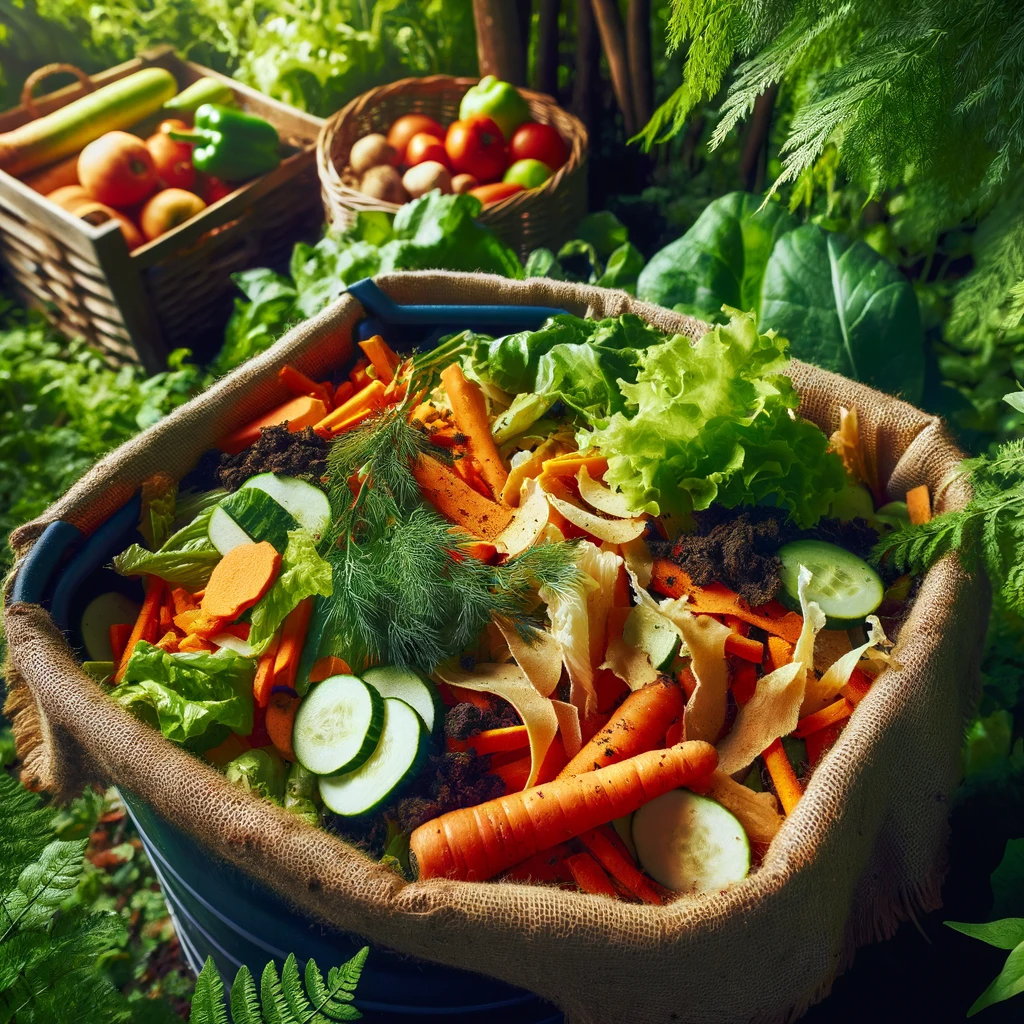
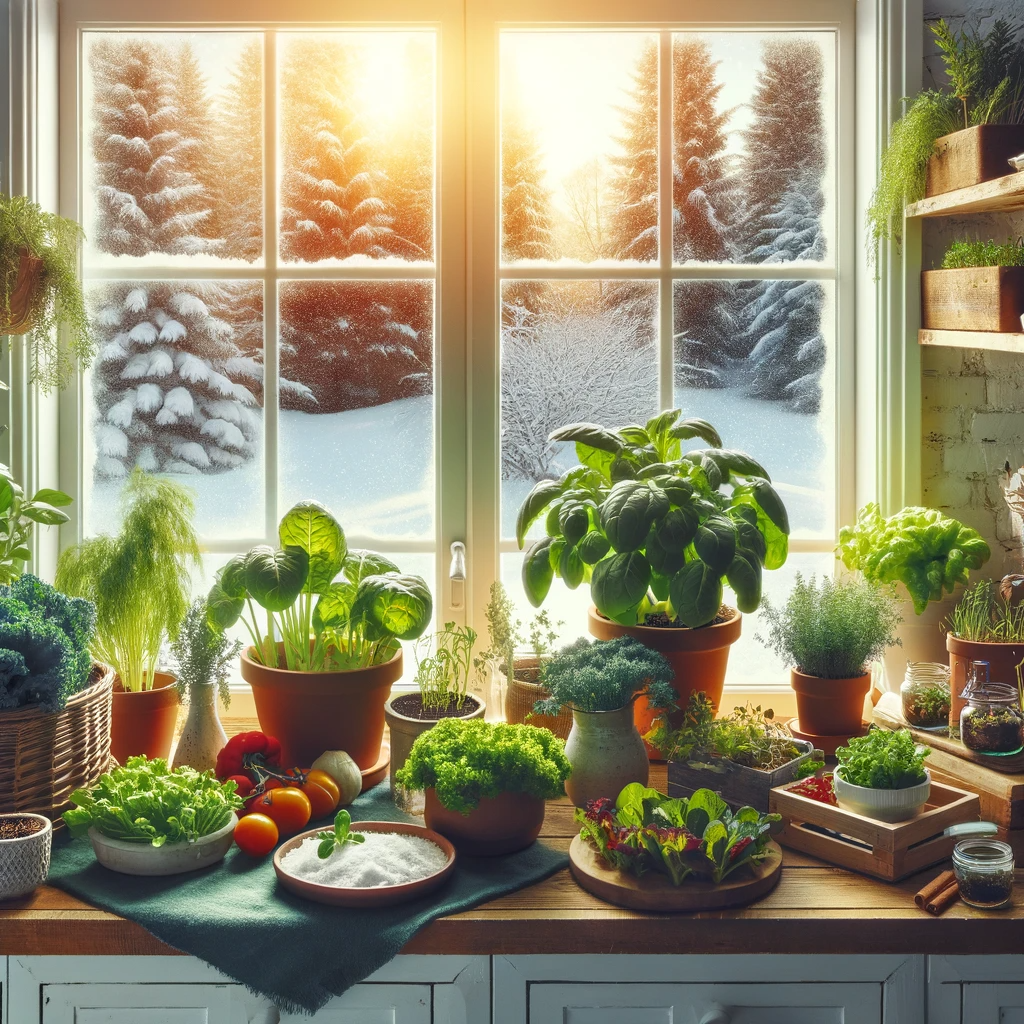
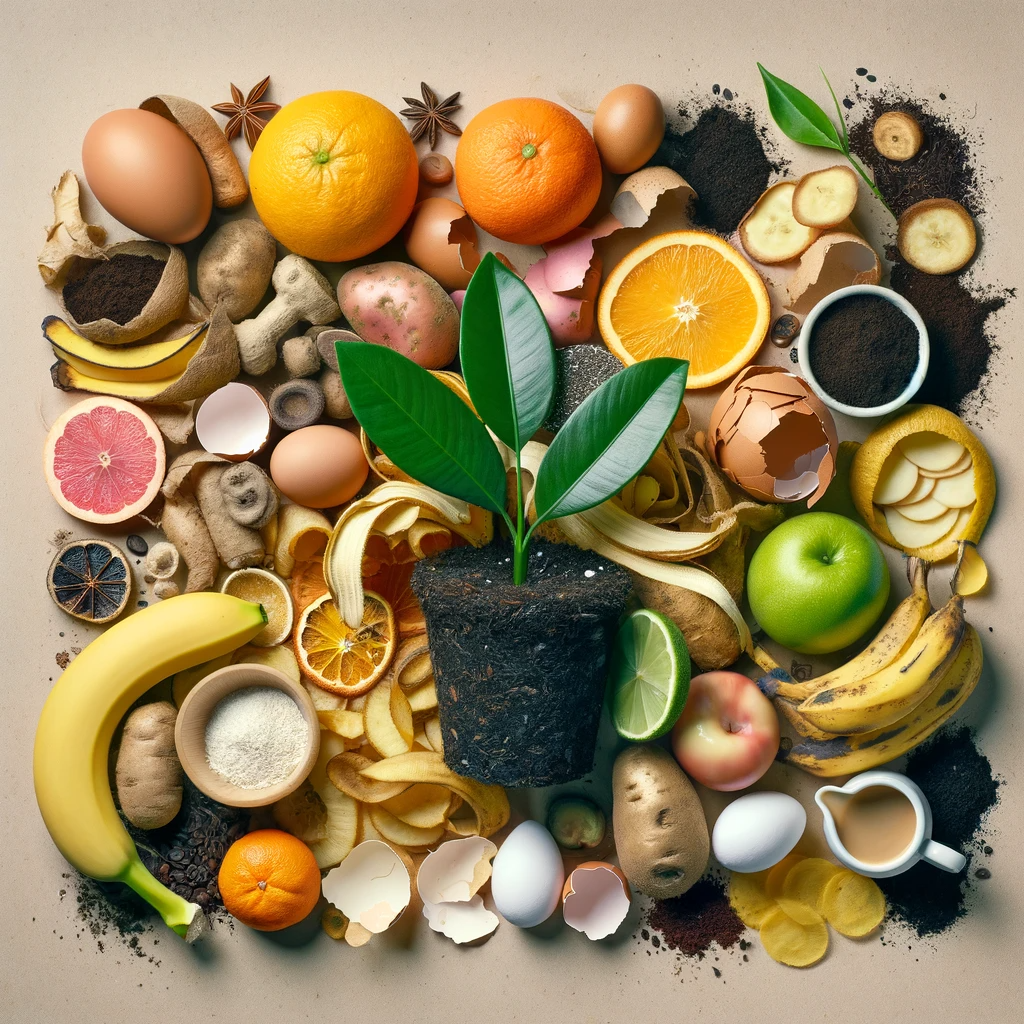

Pingback: From Scraps to Soil: 5 Ways to Turn Food Waste into Fertilizer
Pingback: The Ultimate Guide to Home Composting
Pingback: Egg shell for plants: Calcium Magic for Your Garden
Pingback: Growing Tomato Plants: The Ultimate Guide to Growing Tomatoes